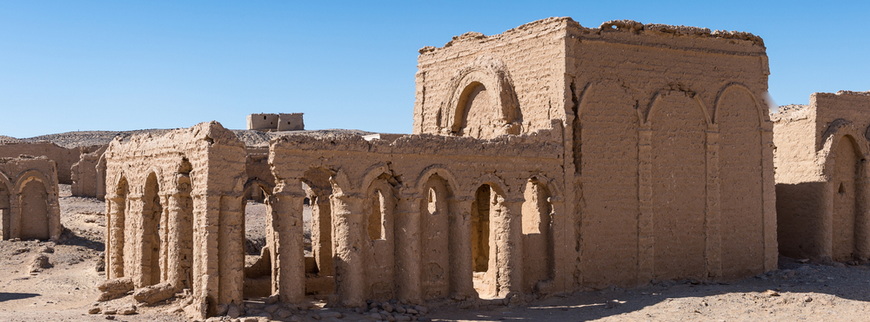IL Kharga Oasis
Kharga Oasis
Al Kharga Oasis:
Al Kharga used to be the last but one stop on the Forty Days Road, the infamous
slave-trade route between North Africa and the tropical south. Today, it is the biggest
New Valley oasis. Outside the main center is the Temple of Hibis, built on the site of a
Saite (26 th dynasty), Persian, and Ptolemaic settlement. It is One of the few Persian
monuments in Egypt, dating back to the 6th century B.C. The temple is well-preserved
with painted vultures and huge reliefs of the Persian king "Darius" greeting Egyptian
gods on the outer walls. Ten kilometers away, the Necropolis of Al-Bagawat houses
263 mud-brick tombs with Coptic murals, including the remains of one of the oldest
churches in Egypt: the Tomb of Peace and the Tomb of the Exodus. Pharaonic
monuments include Al-Ghuwayta Temple which dates from 522 B.C., Nadoura
Citadel, Qasr El Zayyan that dates back to the Ptolemaic era, and the Museum of
Antiquities.
The two springs of Bulaq and Nasser to the south, are famous for hot water with
temperatures reaching up to 43oC and are recommended for the treatment of
rheumatism and allergies.
Further south is Baris Oasis, the second largest settlement in Al Kharga, which houses
the Roman Temple of Dush, which was dedicated to the worship of goddess Isis and
Serapis ( a Graeco-Egyptian god, introduced at the beginning of the 3 rd century BC, by
Ptolemy I "Soter").

